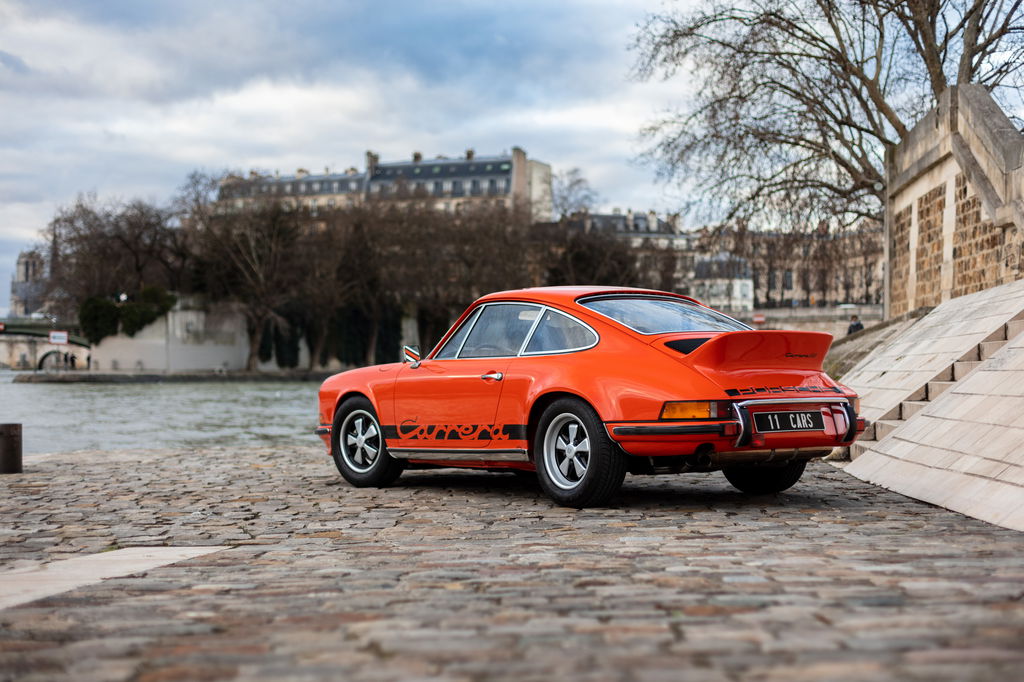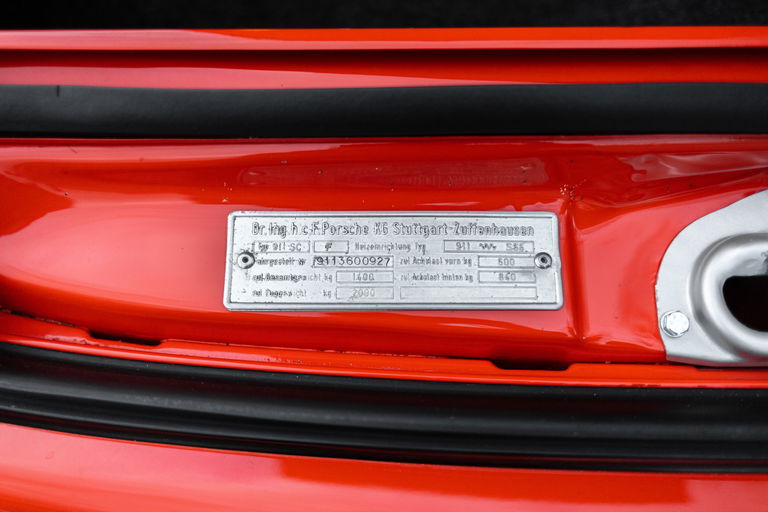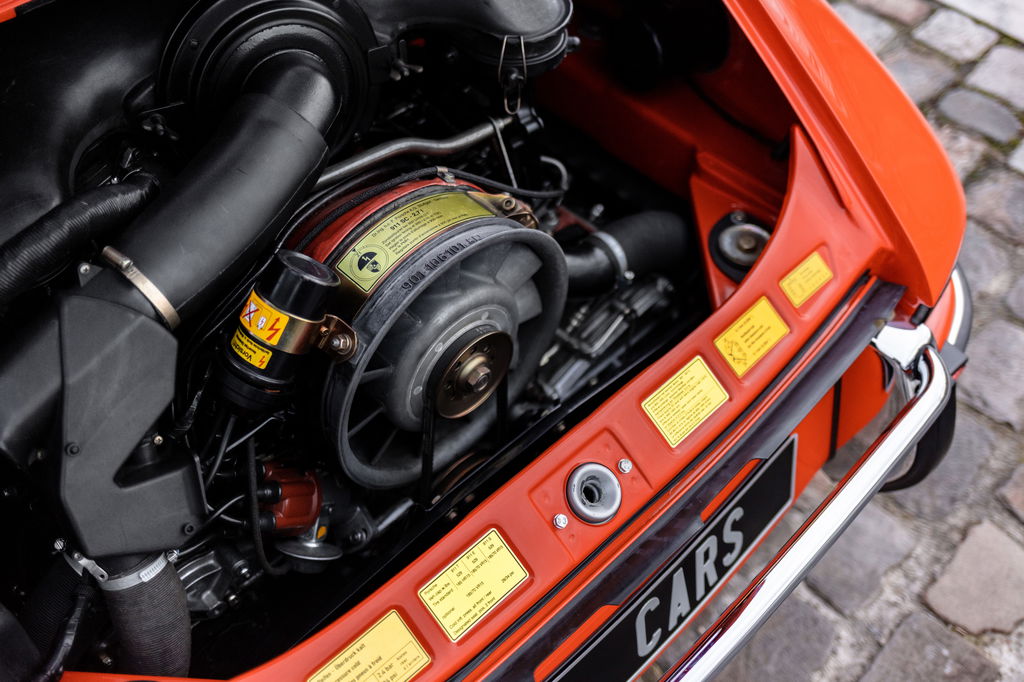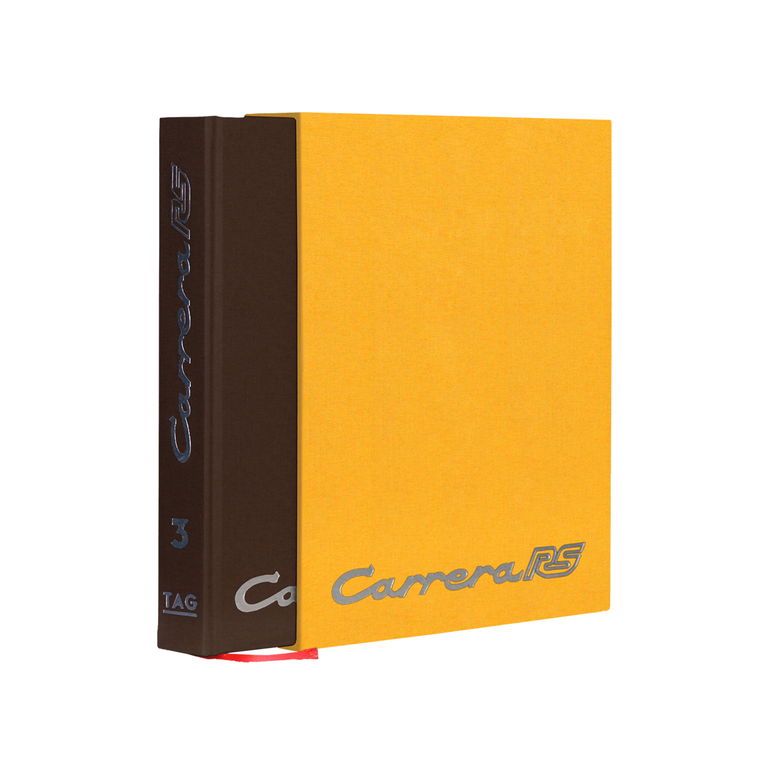Porsche 911 Carrera RS
Highlights
- delivered new in Germany
- Touring Pack (472)
- crystal clear history (4 owners)
Porsche 911 Carrera RS
Presented in October 1972 at the Paris Motor Show, the 911 Carrera RS (for Renn Sport) was entirely designed for the competition. When the International Sports Commission (equivalent of the current FIA) changes the rules of motorsport in 1972, Porsche then covets the GT European Championship but is forced to design and homologate a model fundamentally more sporty than the 911 2.4 S. As stipulated by the new regulation, the car must be produced at least 500 copies to obtain the homologation in group 4. At the level of the specifications, Porsche does not have many alternatives to reconcile budget and minimum delay . The Carrera RS therefore had to be mainly a lighter and more powerful version of an existing model.
Externally, the most striking feature of the RS is its famous spoiler dubbed “duck tail” and the marriage between bright colors and painted Fuchs rims connected by a Carrera logo of the same color all over the flank.
In front, the RS inaugurates on the “Lightweight” (option M471), a polyester shield which integrates an additional oil radiator in place of the license plate, as well as thinner windows, specific seats, the absence of rear seat, watch, …
Alongside the light, a “Touring” version (M472) was also available in the catalog. Indeed, Porsche had considered a less spartan version from the beginning, underestimating the commercial potential of the Carrera RS Light. With an interior equipment very close to the one then available on the 2.4 S, the “Touring” or “comfort” gives up the lightened windows and body elements in aluminum and polyester, replaced by sheet metal. Given the success of the first year (1972), two series of 536 and 554 copies will be added in 1973 to the production initially planned.
In mechanics, the type 911/83 engine is derived from the 2.4S, pushed to 2687 cm3. The engine power climbs to 210 hp at 6300 rpm and a torque of 26 m / kg at 5100 rpm. The box is almost unchanged from the 2.4, the 4th and 5th gear being extended and the clutch strengthened.
The total production of the 2.7 RS will finally exceed the 1,500 copies allowing its homologation in Group 3.















































